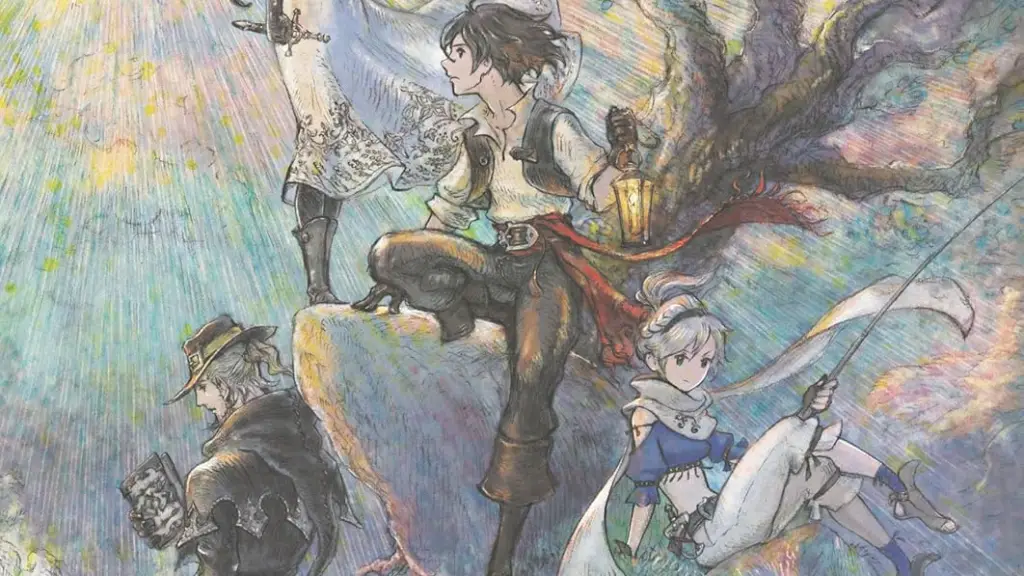Square Enix and Dark Horse Books have announced that The Art of Bravely Default II: 201X-2021 will be released in the West on April 22, 2025.
Fans can anticipate 304 pages of character designs, environments, and marketing materials featuring illustrations by Naoki Ikushima. Further, this localization of the original Japanese release of the book will contain detailed commentary from the staff.
Currently, The Art of Bravely Default II: 201X-2021 can be pre-ordered for $49.99 from Amazon. You can view the cover artwork of this upcoming Western release below:
Team Asano previously teased multiple announcements, and it appears Bravely will be included as part of these announcements.
If you missed it, check out our review of Bravely Default II’s initial Nintendo Switch release.
Like Bravely Default and Bravely Second, Bravely Default II features a battle system that allows players to choose different ways to approach a fight. During encounters, players can decide when to attack, known as Brave, or hold back and wait for the best moment to strike, known as Default.
Building up actions also allows players to unleash powerful attacks against enemies, including skills and magic. The game also includes a job class system where players can switch their characters’ abilities to fit their playstyle.
